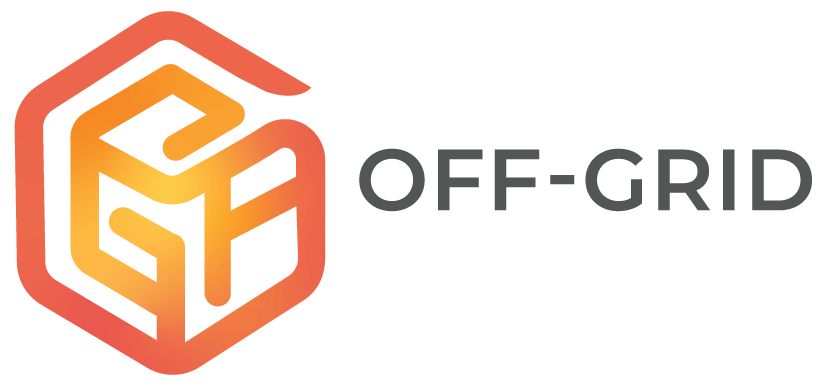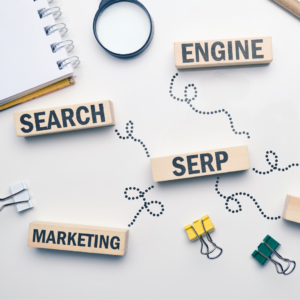In today’s fast-paced and ever-evolving market, understanding your customers is no longer a luxury but a necessity. Consumer behaviour analysis, enriched with consumer insights, is the cornerstone of this understanding, offering businesses a powerful tool to decode the complexities of customer preferences, motivations, and buying habits. This analytical approach allows businesses to delve deep into the factors that influence consumer decisions, enabling them to craft strategies that resonate with their target audience. By leveraging consumer behavior analysis, companies can not only enhance customer satisfaction but also boost brand loyalty, optimize the customer journey, and ultimately drive sales and revenue.
As businesses navigate the competitive landscape, integrating consumer behavior analysis into their strategic planning is essential. This comprehensive guide will explore the critical aspects of consumer behavior analysis, providing insights into how businesses can harness this knowledge to better understand and engage their customers.
Key Takeaways
Personalized Customer Experience: Consumer behavior analysis enables businesses to tailor their offerings to meet individual customer needs, significantly enhancing customer satisfaction and loyalty.
Predictive Insights: By analyzing past behaviors, businesses can forecast future trends, allowing them to proactively adapt their strategies and stay ahead of the competition.
Increased Customer Lifetime Value: Understanding what drives customer loyalty through behavior analysis helps in creating more effective retention strategies, thereby increasing the overall customer lifetime value.
Role of Customer Analytics: Utilizing customer analytics allows businesses to understand and predict customer behavior more accurately, leading to better decision-making and more targeted marketing efforts.
What is Consumer Behaviour Analysis?

Definition of consumer behaviour analysis
Consumer behavior analysis is the process of understanding how customers shop, including how often they make a purchase and how they respond to marketing campaigns. Predictive analytics is used in consumer behavior analysis to forecast future buying patterns and preferences based on historical data. It involves examining behavioral data to help businesses make predictions about what comes next and adapt their strategies to better reflect customer behavior patterns.
Importance of understanding consumer behaviour
Understanding customer behaviour is fundamental to driving ROI and customer satisfaction. It helps businesses identify patterns and make accurate predictions about future behaviour by leveraging customer insights. Consumer behaviour analysis is essential for delivering interactions that meet and exceed customer expectations. Customer insights can drive ROI and customer satisfaction by providing a deeper understanding of consumer needs and preferences.
Why Analyze Consumer Behaviour?
Identify trends to make predictions for future behaviour
Analyzing customer behavior data helps businesses see patterns in how customers shop and use their services.
By identifying patterns, businesses can deliver interactions that meet and exceed customer expectations.
Consumer behaviour analysis can help businesses predict which marketing campaigns will be most effective. Customer feedback and trend reports can be used to identify trends and make predictions.
Improve customer satisfaction and loyalty
Customer behavior analysis helps businesses identify pain points and inform the best solutions.
By understanding customer behaviour, businesses can optimize the customer journey and reduce churn.
Consumer behaviour analysis can help businesses identify what drives customer loyalty and retention. Additionally, customer feedback can be used to identify pain points and inform solutions.
Increase customer lifetime value
By analyzing customer behaviour, businesses can deliver personalized experiences that drive sales and revenue.
Consumer behaviour analysis can help businesses identify what drives customer loyalty and retention.
By optimizing the customer journey, businesses can increase customer satisfaction and loyalty. Customer feedback can be used to deliver personalized experiences, further enhancing customer lifetime value.
How to Perform a Consumer Behaviour Analysis

Step 1: Identify Your Segments
Businesses should identify their customer segments and buyer personas. They should understand the features of their ideal customer and what drives their behaviour, including how customers interact with their services and products. By setting out their segments, businesses can identify what drives customer loyalty and retention. Customer feedback can be used to identify segments and buyer personas.
Step 2: Identify How Each Segment Benefits from Your Product
Businesses can analyze consumer behaviour to understand how important segments behave. Recognizing attributes or interactions that result in heightened user satisfaction can aid in identifying them for further attention. By incorporating customer feedback, businesses can further identify and enhance features that contribute to higher user satisfaction. Businesses utilize customer analytics reports, including trend reports, to tailor their approach for different customer segments and pinpoint the most preferred features and activities for each type of user.
Step 3: Collect Qualitative and Quantitative Data to Identify Patterns
Businesses can gather quantitative and qualitative data on customer behaviour, including information on what happens and why customers take certain actions.
Customer feedback can be used to gather qualitative and quantitative data, providing valuable insights into customer preferences and experiences.
By gathering both types of data, businesses can identify behavioral insights and optimize the customer journey.
Step 4: Analyze Data for Behaviour Insights
Businesses can use customer behavior analytics tools to evaluate their data for behavioral insights.
By analyzing the data, businesses can identify trends and patterns in customer behavior.
By evaluating the data, businesses can identify what drives customer loyalty and retention. Customer feedback can also be used to evaluate data for behavioral insights.
Step 5: Adjust Your Customer Journey and Experience
By analyzing customer behaviour, businesses can identify what drives customer loyalty and retention. They can adjust their customer journey and experience to better reflect customer behaviour. Customer feedback can be used to adjust the customer journey and experience. By optimizing the customer journey, businesses can deliver personalized experiences that drive sales and revenue.
Tools for Consumer Behaviour Analysis
Overview of analytics tools available
Businesses can utilize various customer analytics tools to analyze customer behavior effectively.
Examples include Userpilot, Hotjar, and Mixpanel.
These tools can help businesses collect and analyze customer data, identify trends and patterns, and optimize the customer journey. Additionally, customer feedback can be used to collect and analyze customer data.
Understanding Customer Behaviour

Customer Personality
Customer personality refers to an individual’s buying habits, including social trends, frequency patterns, and background factors.
It assesses elements such as shopping habits, product likes, and the effectiveness of marketing, sales, and service promotions. Customer feedback can be
Psychological Triggers & Responses
Comprehending the psychological cues and reactions enables businesses to engage with customers in an effective and enjoyable manner. It involves studying consumer behaviour to understand their buying habits, including social trends, frequency patterns, and background factors. Customer feedback can be used to understand psychological triggers
Social Trends
Social trends refer to the external factors that influence customer behaviour, such as social media, cultural norms, and economic conditions.
By understanding social trends, businesses can identify what drives customer loyalty and retention. Customer feedback can be used to understand social trends and adapt strategies accordingly.
The Role of Customer Retention
Customer retention is a critical component of any successful business strategy, directly impacting a company’s bottom line and long-term growth. In the context of consumer behavior analysis, retaining customers goes beyond merely ensuring repeat purchases; it involves understanding and addressing the unique needs and preferences of each customer segment. By leveraging insights gained from behavior analysis, businesses can identify the key drivers of customer loyalty and satisfaction, allowing them to implement targeted strategies that foster long-term relationships.
This not only enhances customer lifetime value but also reduces the costs associated with acquiring new customers. Moreover, focusing on retention through personalized experiences and proactive engagement helps businesses build a loyal customer base that advocates for the brand, ultimately leading to sustainable growth and a competitive edge in the market. Incorporating customer feedback into these strategies further strengthens customer retention efforts.
Conclusion
Call to action to start analyzing customer behaviour
Start analyzing customer behaviour today to improve customer satisfaction, loyalty, and retention. Customer feedback can be used to improve customer satisfaction, loyalty, and retention. Customer feedback is crucial in starting your consumer behavior analysis.
Use customer behaviour analytics tools to collect and analyze customer data.
Optimize the customer journey and deliver personalized experiences that drive sales and revenue.
To learn more insights, you have the option to register for the Off-Grid SkillsFuture Career Transition Programme, specifically the “(SCTP) Advanced Certificate In Digital Retail“.




